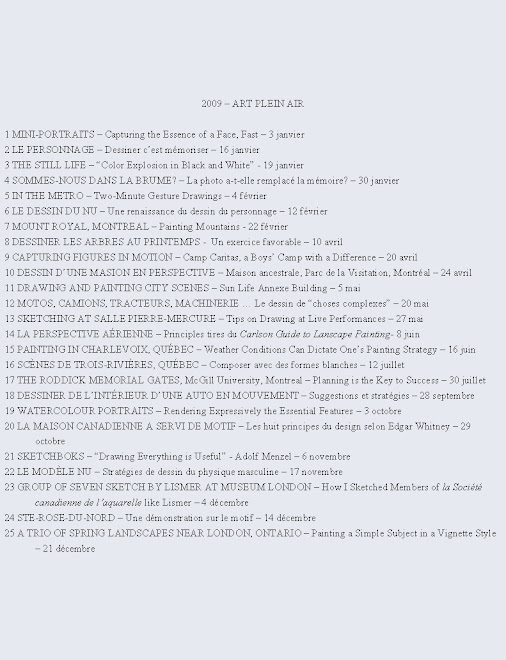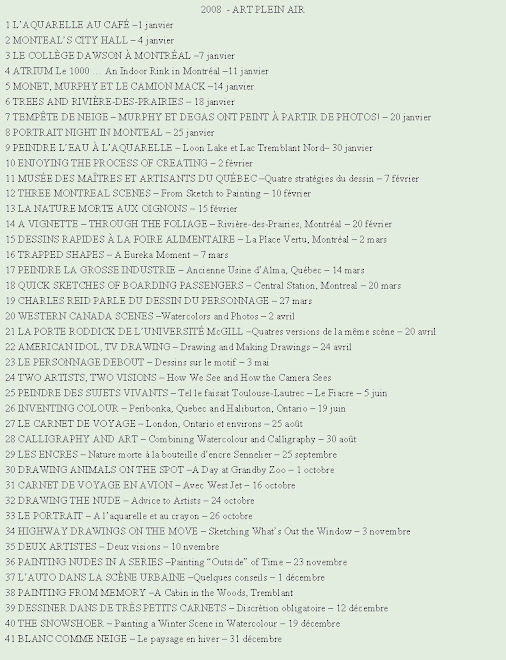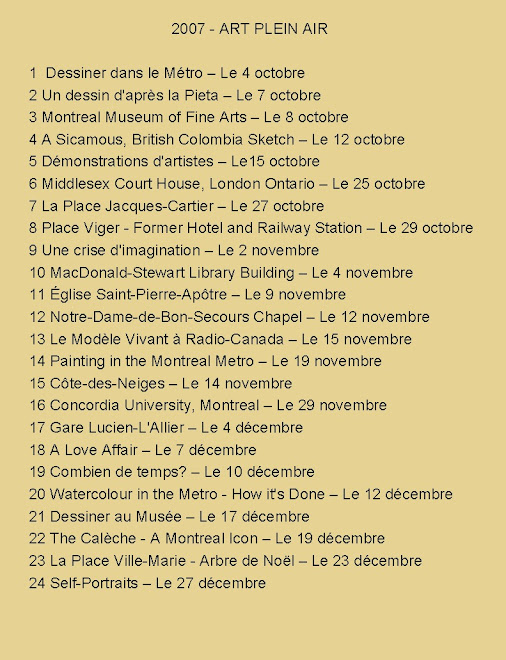Adolph Menzel (1815-1905)
“In his overcoat he had eight pockets that were filled with sketchbooks, and he couldn’t accept that there was an artist who made the slightest errand without a sketchbook in his pocket.” A friend of Menzel. The great German artist Adolph Menzel is generally regarded as the country’s greatest 19th-century painter.
Sketchbooks follow me everywhere
Although I don’t fill eight of my pockets with sketchbooks when I make an errand, I will admit that I usually carry one in my breast pocket and a tiny one in my back pocket. When I go downtown I slip on a belt purse in which I insert a small sketch book and various drawing tools. I also leave sketchbooks handy in the car and at home.
Three different uses of drawings
John Berger, in a 1987 essay titled Drawing on Paper suggests that there are three different ways in which drawings can function: “those which study and question the visible, those which put down and communicate ideas, and those done from memory.” The author then elaborates: “The first kind …at one time were called studies…such drawings do not date, for the act of concentrated looking …has changed very little”. Secondly, the drawings that communicate ideas often were or are sketches or working drawings for paintings. Finally, the most important memory drawings are those which “exorcise a memory which is haunting …and put it on paper”.
Drawings or sketches are unlike paintings
As an avid sketching artist, whenever I visit an exposition such as the one currently on at the Montreal Museum of Fine Arts, consecrated to John William Waterhouse, I am always anxious to get to the last room where sketchbooks and drawings by the artist are usually displayed. I like to “see what was in the exhibiting artist’s mind during the sketching phase.” Paintings don’t necessarily show this. On the same note, I always find it curious when a seasoned artist tells me he or she does not sketch, or does not need to. I am of the opinion that sketching for any of the three reasons mentioned above keeps an artist from “repeating himself” or from “staying in the box”. Sketching, among other things, is a way for the artist to question himself or herself, to explore new avenues. These explorations often are then reflected in the artist’s paintings.
The secret is the paper
There is a difference between drawings and paintings claims Berger. “A drawing … when it is sufficiently inspired …acquires another temporal dimension. The miracle begins with the basic fact that drawings, unlike paintings, are usually monochrome. Paintings with their colors …compete with nature. They try to seduce the visible, to solicit the scene painted. Drawings cannot do this. The virtue of drawings derives from the fact that they are diagrammatic. Drawings are only notes on paper.”
A good habit to get into
“If you get into the habit of sketching you will never be bored” says Joanna Nash, artist, teacher, mentor who strongly influenced me to carry a sketchbook wherever I go. I invite you to do the same if you don’t already do so.
Raynald Murphy sca














